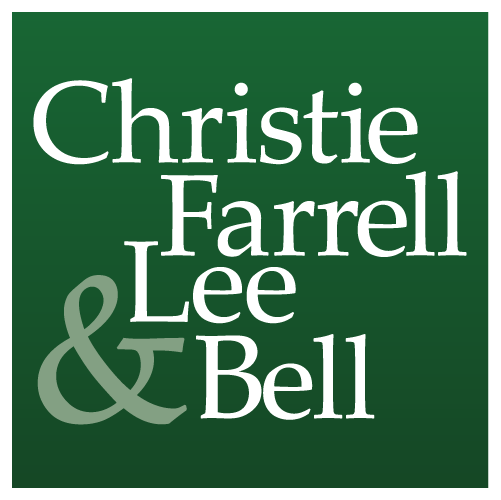Bonfires are one of the parts of fall that many people look forward to most. But before you attend a party at someone’s house or a commercial property, and then start toasting marshmallows, make sure your host has addressed these safety concerns to make sure the fun isn’t ruined by a serious burn injury accident.
Below is a quick guide to our bonfire safety checklist:
Bonfire Safety Information
Where to Burn
Many communities no longer allow people to just start a fire to burn trash or leaves. In fact, burning trash is always illegal. If your host is burning clean wood or other debris, they need to check in with the state or county Department of Environmental Maintenance to get permission. Open burning in grills or for campfires is usually permitted, but bonfires can get way bigger than the typical campfire.
Once the host has confirmed they aren’t breaking the law by starting a fire, they also must ensure it’s at least 50 feet from any building or low-hanging trees. A fire pit or other bare area where there is not a scrap of dry grass or other materials is advised. It should be well-ventilated, but not directly in the wind, as little embers can travel a long way and start fires elsewhere.
What to Burn
Burning treated wood like 2×4’s or wood that’s been stained or varnished presents a very high hazard to the health of anyone who breathes the smoke. All the chemicals in the wood are burning into the smoke and then going right into your lungs. Your host should never burn anything in the fire other than clean, dry, natural wood and tinder. Even cardboard and other paper products make ash that spreads into the air and hazardous fumes that can hurt your lungs. Remind them to keep the fire no bigger than 5×5 to keep the flames at a manageable height and heat.
How to Burn
Getting the fire started leads many to turn to lighter fluid or charcoal. There is a wide range of opinions as to whether this is safe or not, and it partially depends on where your friends are lighting the fire. If their fire is on the beach or in a sandy area, they shouldn’t use lighter fluid because it will seep into the sand and eventually the water. If they are not in the sand and want to use lighter fluid, they should remember that less is more. Fire starters should always put the fluid on the wood before they light it, and they should use a torch that is at least five feet long to light the fire to avoid getting burned. Fire tenders should NEVER add lighter fluid or other flammable chemicals to a fire that is already burning, even if they want it to get bigger. The fumes in the air from those liquids can also catch on fire. Also, remember that even if the fire is buried it can burn for up to 24 hours. Make sure your host has totally extinguished the fire before you go inside for the night.
Bonfire Injury Statistics
In 2014, 70 people in the United States died due to outside fires like bonfires, and over 900 were injured. The saddest part about those statistics is that many of those injuries or deaths could have been prevented with adequate safety measures. Ensure your hosts follow these bonfire safety checklist recommendations to have a safe and fun evening around the fire. Have you been injured while on someone else’s property? Christie Farrell Lee & Bell has an experienced team of Indianapolis premises liability attorneys who can help you explore your options.
